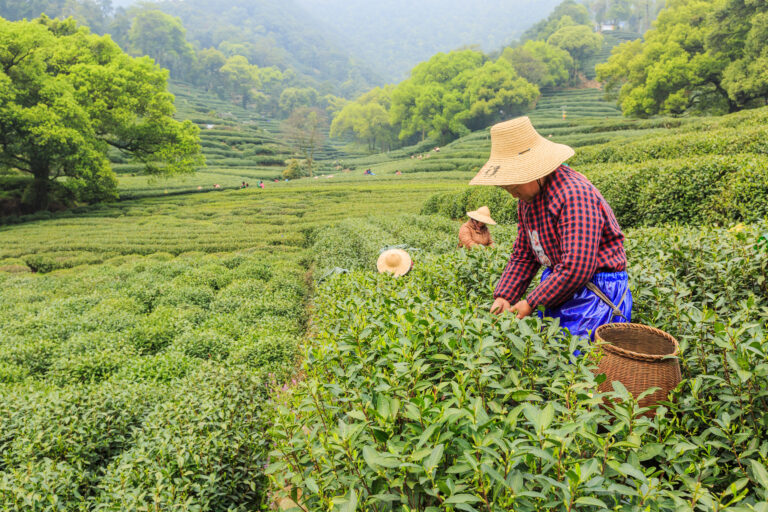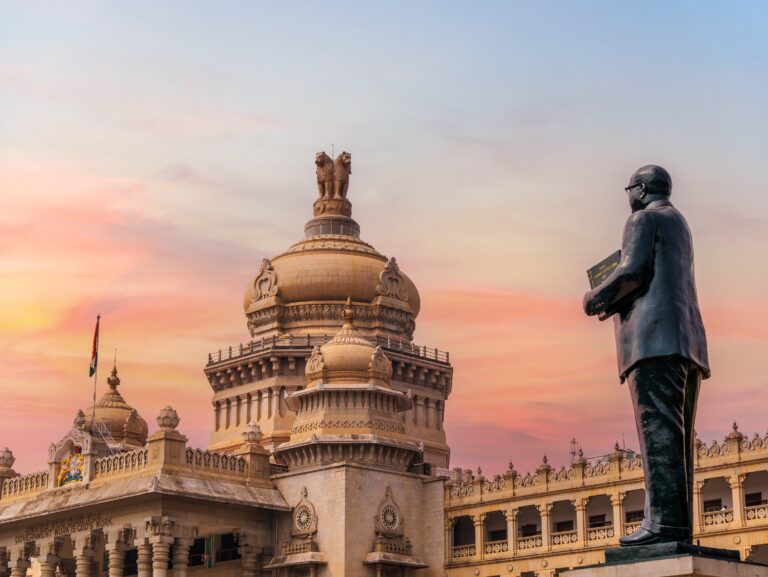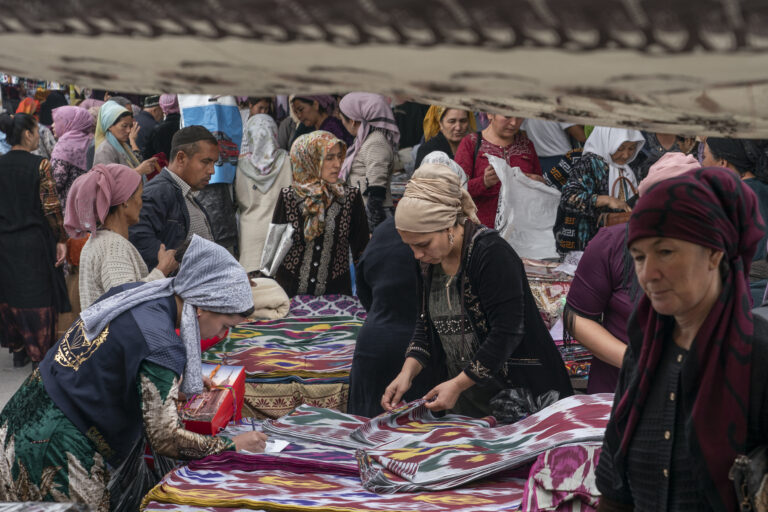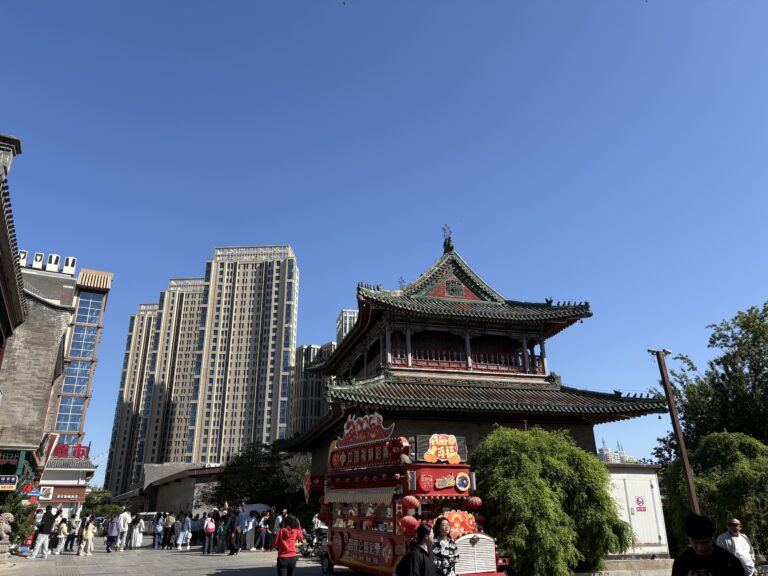The German Apsara Conservation Project (GACP) at Angkor Wat – A Report

Hans Leisen & Esther von Plehwe-Leisen
From the 9th to the 14th century the Khmer, the ancestors of modern-day Cambodians, reigned over a vast empire in Southeast Asia. Angkor was the capital city of this empire and is today home to countless temples that remain from that period. They are built from sandstone and brick and adorned with valuable stone and brick reliefs and stucco decorations, in some cases painted ornaments can also still be found. The site is managed by the Cambodian National Authority, APSARA.
Under the umbrella of UNESCO, around fifteen countries are actively involved in various international projects to safeguard the UNSECO World Heritage Site of Angkor. Most projects deal with architectural stabilisation and reconstruction as well as archaeological research more broadly. The German Apsara Conservation Project (GACP), however, is dedicated to the conservation of decorated surfaces made of stone, stucco and brick at the temples of Angkor and other temple complexes in Cambodia. Polychrome surfaces, the remains of wall paintings and painted decorations inside the brick sanctuaries are also part of the GACP conservation programme.
The major challenge for scientists and monument conservationists at the GACP is the sheer number of temple complexes, their size, and the rich decoration of all their components, as well as the diverse building and decorative materials used in their construction. Since 1997, the GACP has been the permanent German contribution to this major international project. It is funded by the Cultural Preservation Programme of the Federal Foreign Office and the Technical University of Cologne. Currently the main GACP conservation sites are situated at the Angkor Wat Temple, which is built from sandstone, and one older brick temple called Preah Ko.
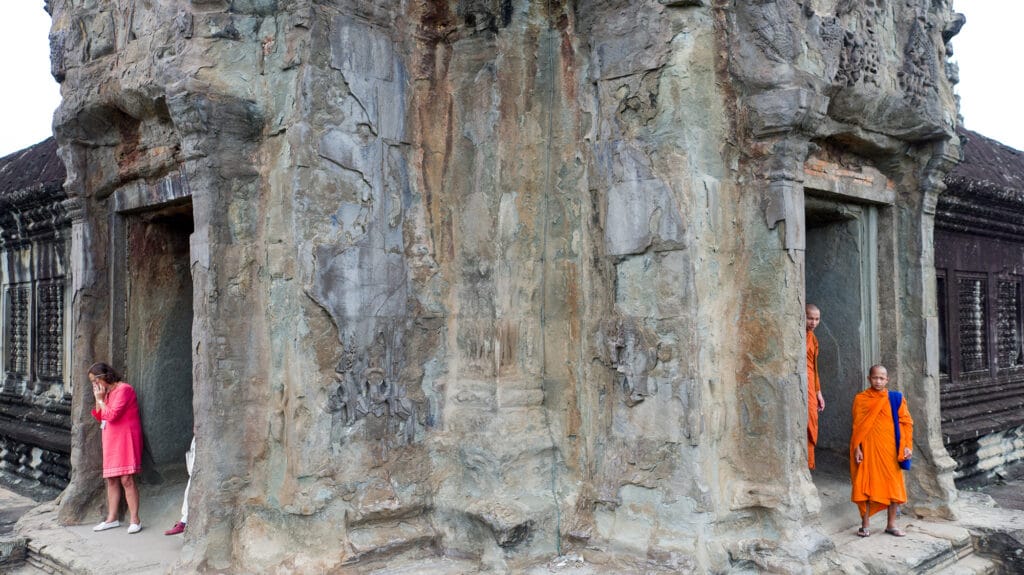
The most important temple, Angkor Wat, displays the famous bas-reliefs carved in sandstone. This temple alone has around 1,800 m2 of narrative bas-reliefs in its long galleries (fig. 03), more than 1,850 female divinities on the temple walls (fig. 04), around 300 preserved pediment reliefs above the doors of the numerous gopura and towers, ((fig. 05) and countless decorated lintels, exterior and interior walls, columns, windows and door frames. The sandstone of Angkor reacts to the effects of the weather, particularly through ‘scale formation´ (fig. 06 a/b) in which the reliefs form a hard surface that gradually detaches from the stone interior losing the decoration forever. Following this, the weathering process tends to progress exponentially. The preservation of building surfaces damaged by scale formation is one of the most complex measures that conservationists must carry out in order to protect the decorations and is therefore a very high priority. Only a holistic approach can meet this extreme challenge.
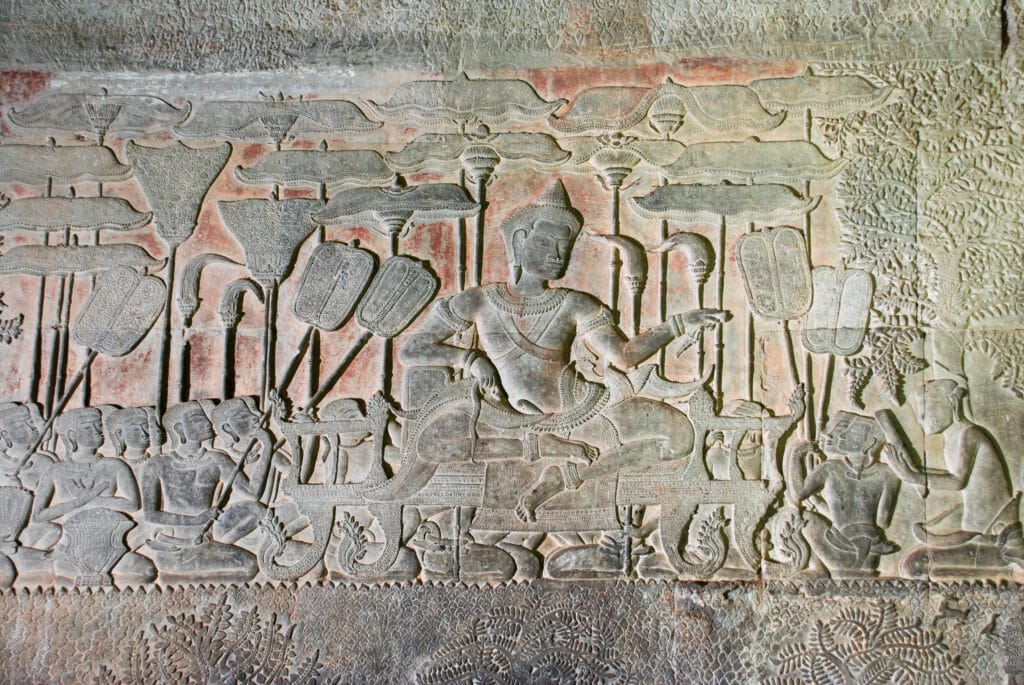


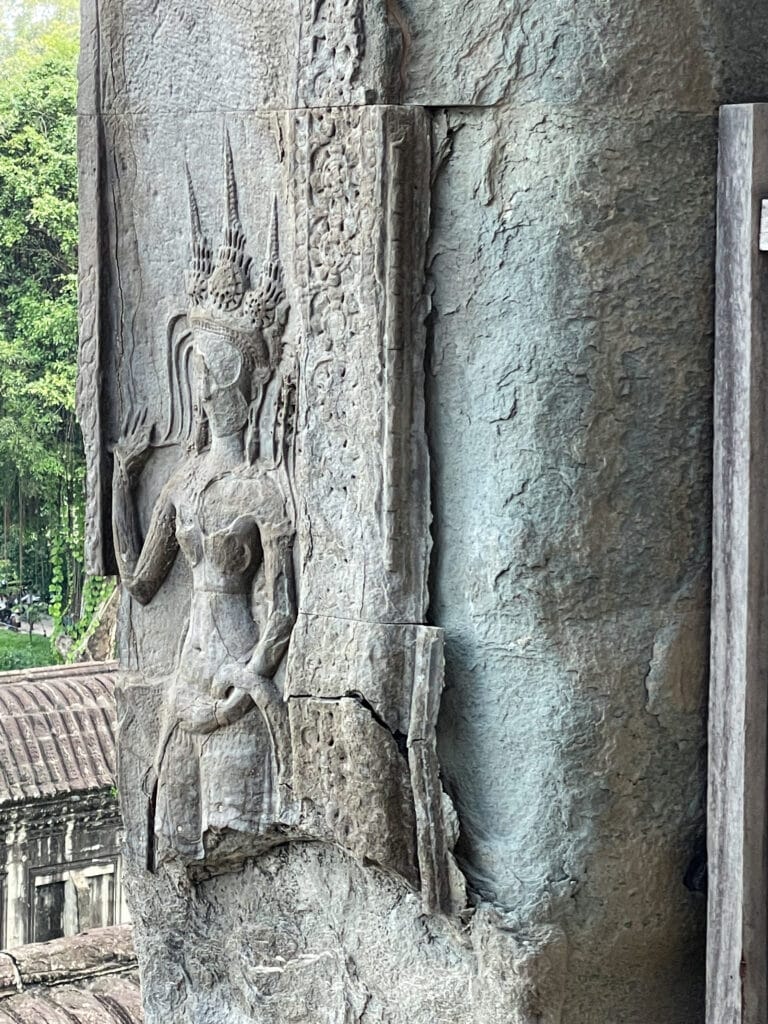
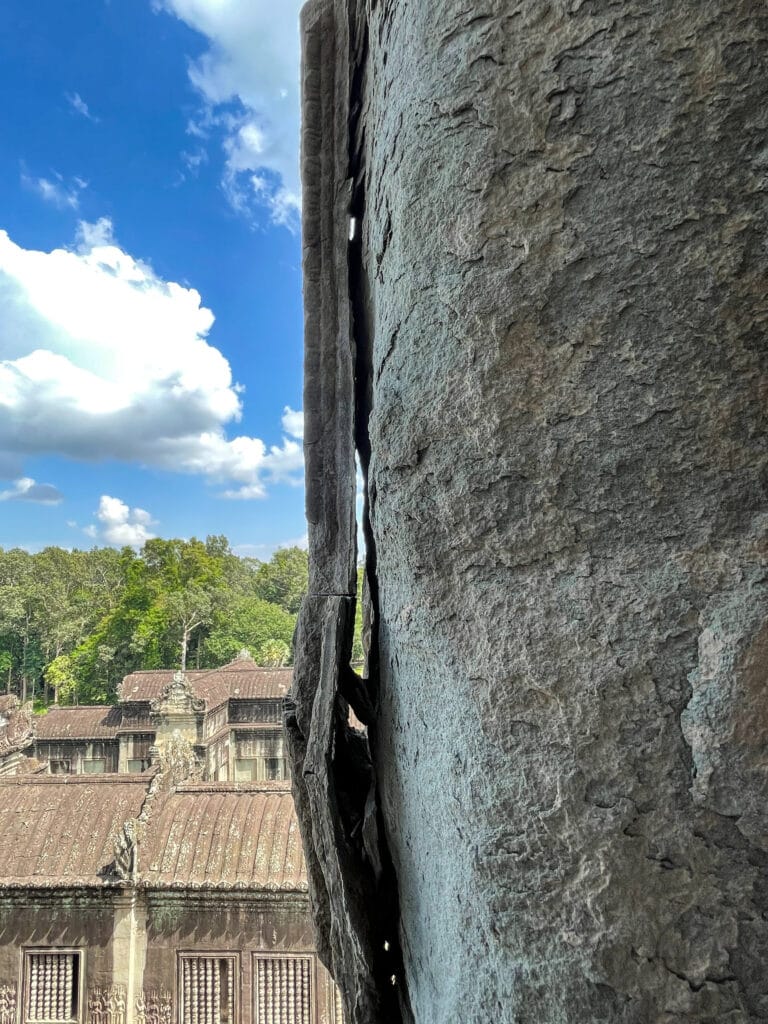
With that in mind, the GACP combines three pillars of activity: research, training and practical execution. Like in human medicine the conservationists investigate the objects, what they are made of and their condition, formulate a diagnosis and then deploy or develop suitable conservation techniques. Every monument needs tailored individual treatment. The implementation of planned interventions requires extremely well-trained conservationists on-site and a constant process of control and monitoring with only the most well-trained able to touch precious monuments.
The GACP’s work is also focused on sustainability. This goal is guaranteed by careful scientific preparation and planning of conservation interventions and, above all, by comprehensive training of the conservation team. Today, the Cambodian GACP team is recognised for its excellent training and effective practical performance. Most of the trained Cambodian conservationists are now also part of the APSARA National Authority with GACP activities being carried out in collaboration with the APSARA.
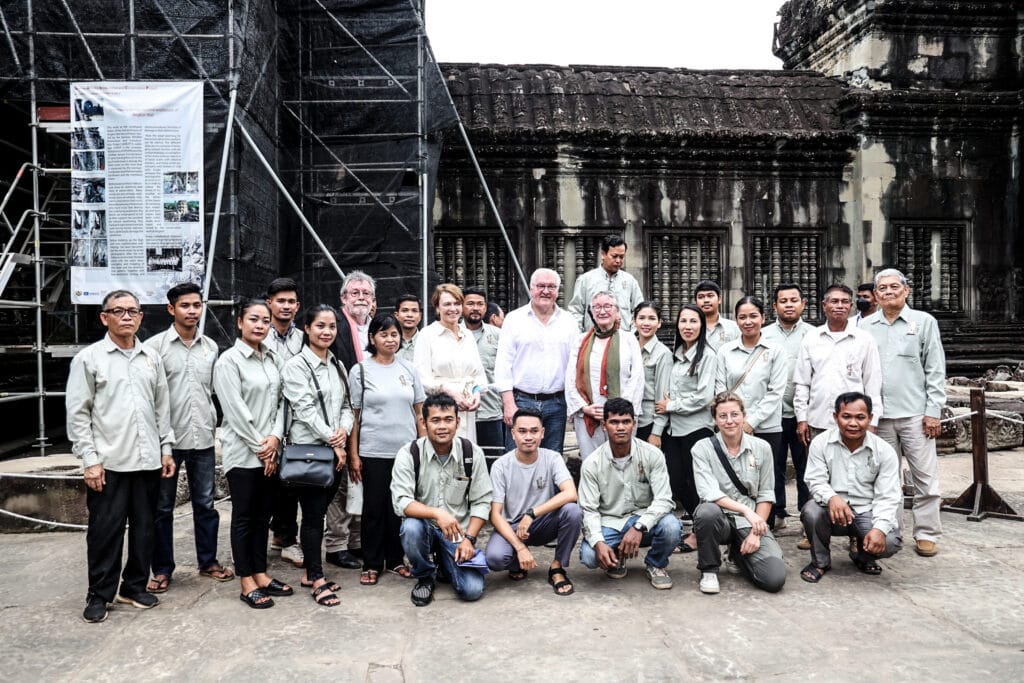
In 1995, scientists and students linked to the GACP began carrying out extensive research on the Angkor temples, their construction and decoration materials – sandstone, brick and stucco. Material properties, weathering influences and processes, damage patterns, conservation concepts and methods were analysed and documented in detail. The second step was developing and testing conservation materials and techniques with the training of Cambodian conservationists starting two years later. Since then, the Cambodian team has utilised modern conservation techniques to work on sandstone objects and stucco decorations. Training is a crucially important element of the GACP. Since 1997, more than 150 Cambodian and international students have participated in GACP’s training programme.
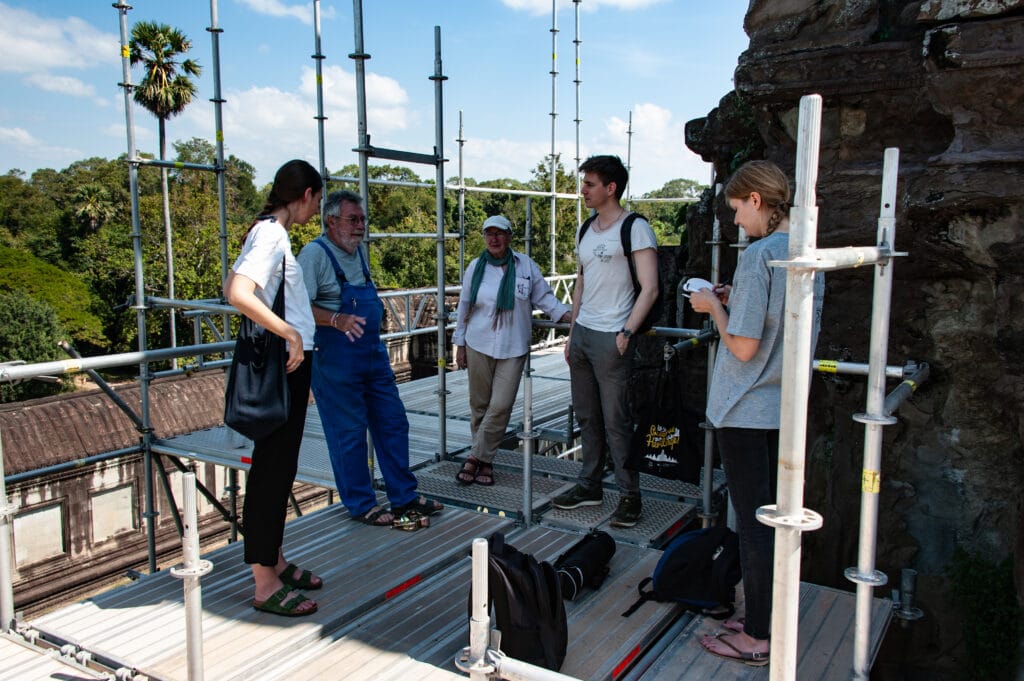

GACP’s cooperation with the Ministry of Culture, the National Authority for Angkor APSARA, the National Authority for Preah Vihear (and Koh Ker) NAPV and UNESCO Phnom Penh ensures the further training of young experts from the various temple complexes. Moreover, GACP is also involved in various cooperation projects with other international players. The Cambodian and international conservationists of the GACP have already preserved large parts of the decorated surfaces at Angkor Wat temple and at many other temples in Angkor as well as other sites across Cambodia. A large number of pediments, lintels and towers have been conserved, and a continuous maintenance program has been developed to keep the conserved areas safe.
Currently, several long-term GACP conservation programs are running in parallel:
- The conservation of the corner towers on the second level of Angkor Wat.

- The waterproofing of the roof and walls of the Historical Parade Gallery (also known as the Suryavarman Gallery).

- The conservation of the stucco decoration on the towers of the 9th-century Preah Ko Temple.
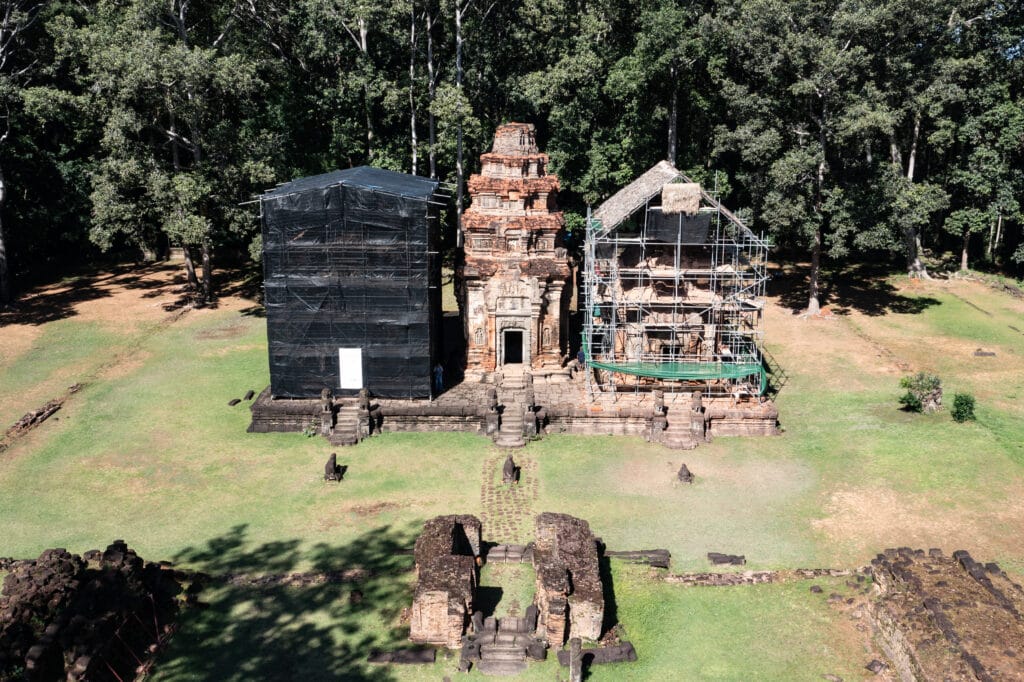
The conservation strategy of GACP is evident in the intervention at the corner towers of Angkor Wat. They showed severe damage, primarily caused by scale formation due to rainwater. Following detailed observation of the structure with a drone, which provides the basis for the orthophotos, the team erected scaffolding. Subsequently, the entire building surface was mapped using a mapping system based on the ICOMOS ISCS Illustrated Glossary on Stone Deterioration Patterns within the project, it records all visible phenomena, particularly the state of weathering. Investigations into the condition of the tower were then conducted before conservation measures began. The individual steps of the conservation process are as follows: removing inappropriate cement repairs from previous interventions, fixing scales with small pins, removing harmful salts, mainly from bat deposits, strengthening brittle stone surfaces, closing cracks, joints and broken edges with repair mortars and finally applying stone inlays for larger defects and mortar washes as a final treatment to protect the surface. Three of the four towers are complete with the last one currently undergoing conservation.
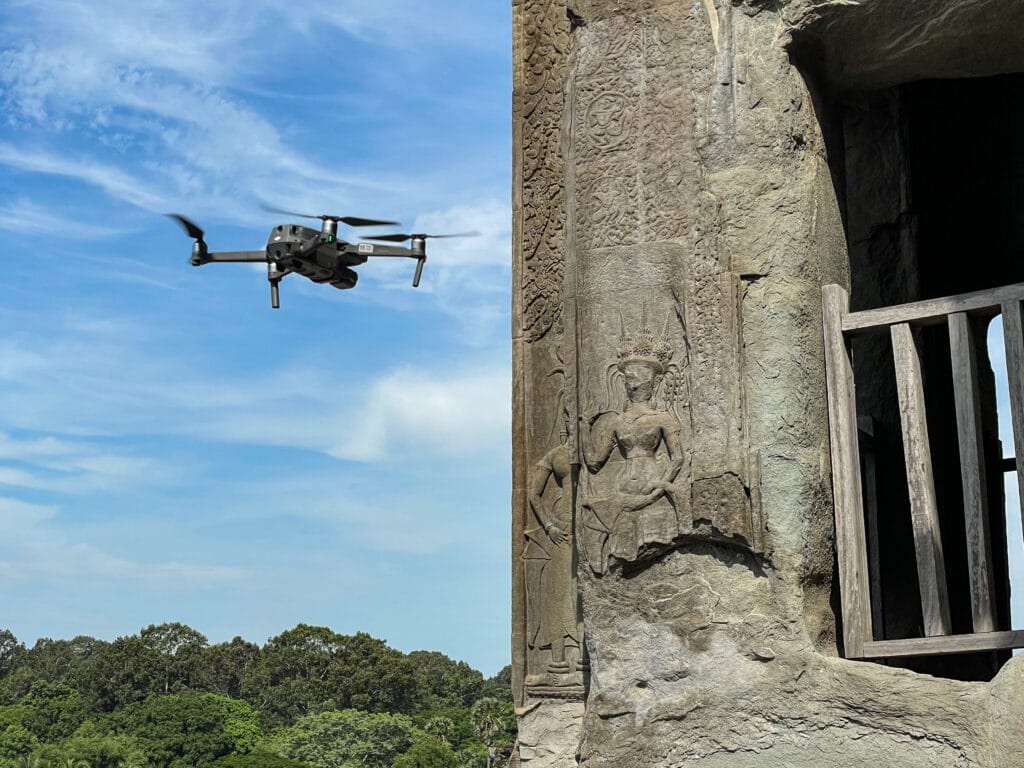
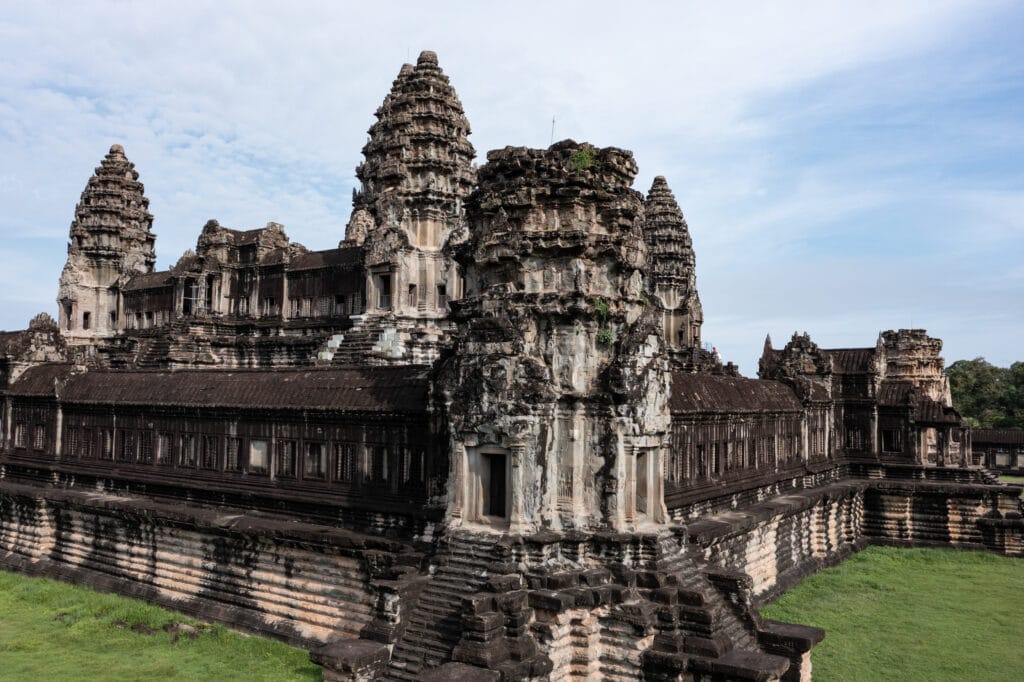
During the monsoon season, water repeatedly seeps through the vaults and walls of the long galleries, damaging the precious bas-reliefs. The GACP team therefore set itself the task of preserving the reliefs by locating and sealing the leaks. Starting in 2022, materials and methods to prevent water ingress were developed in a test area. A conservation test was subsequently carried out in 2024 and during an extreme rainfall event later that year, it became apparent that the conserved test area remained completely dry proving the efficacy of the intervention, especially when compared to untreated areas which showed severe water intrusion.

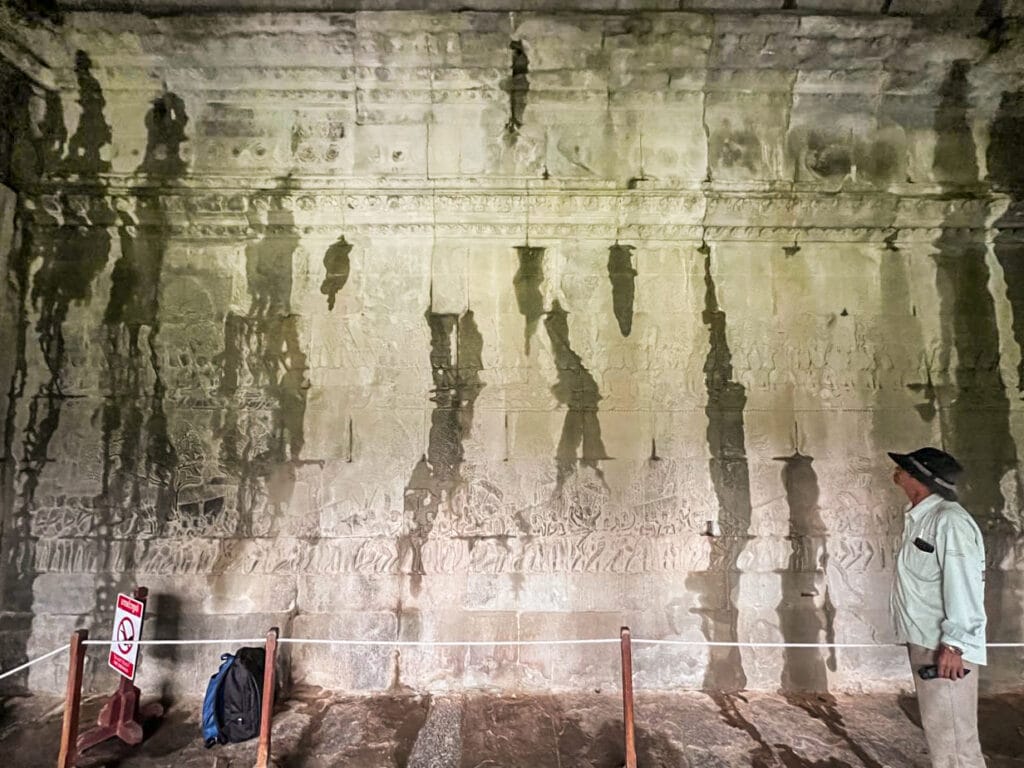

Since 1999, the GACP team has been working on the temples of the Rolous Group, particularly Preah Ko Temple. As part of this monitoring program, the condition of the stucco decorations has been periodically checked. A stucco conservation program was initiated in 2011, and the materials and methods were developed as tasks for bachelor’s and master’s theses. Initially, five brick towers at Bakong Temple, which display stucco decorations, were conserved with the conservation of other decorations at Preah Ko temple beginning in 2023.
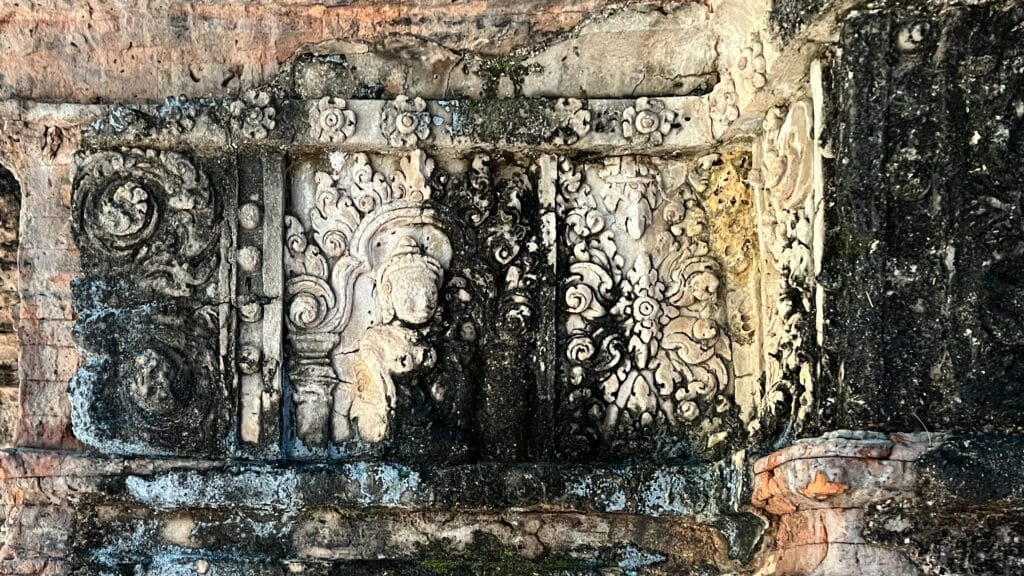
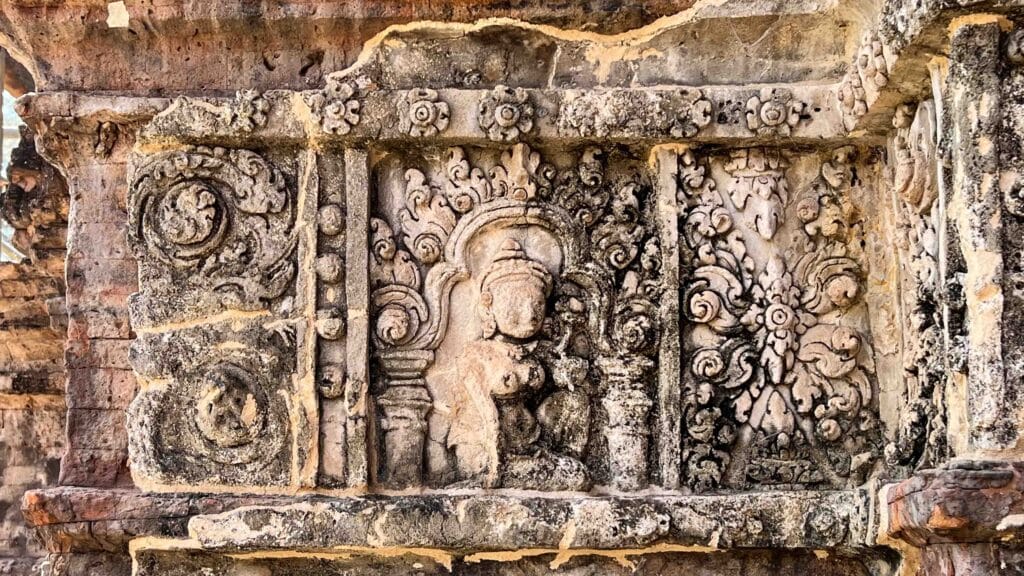
The opinions expressed are those of the contributor, not necessarily of the RSAA.

